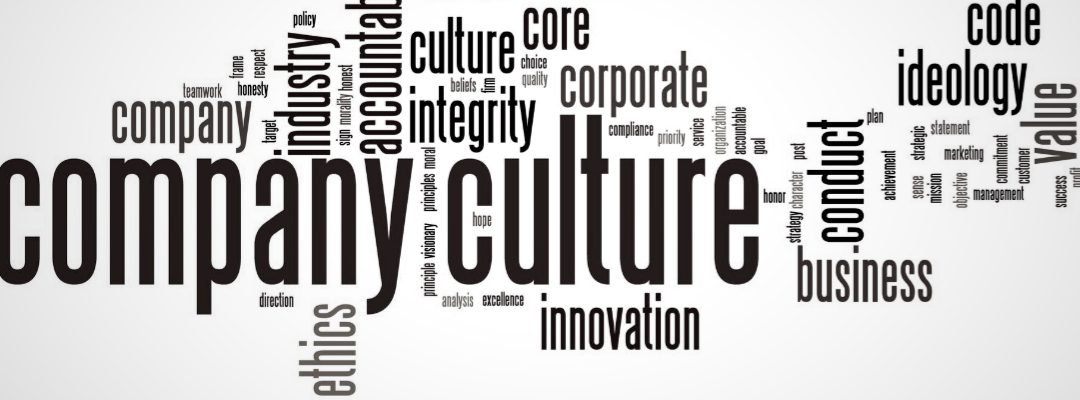As we have circled the calendar of this pandemic, employee surveys suggest one in four Canadian professionals are considering a career change.
Morneau Shepell’s Mental Health Index™ report shows a worsening of psychological health, an increase in employment dissatisfaction, extended strain, and information overload which continues to impact the mental wellbeing of Canadians.
This last year has created not only challenges, but opportunities, causing many to consider how regain—or sustain—balance for both their working and private home lives. While the report suggest that the majority of employees (72 per cent) believe that their employers are handling their health and safety well, it is not stopping them from considering a career change. Since every lost employee costs approximately 2.5% of their salary to replace, this represents a significant loss of the investment in employer talent.
Taking a proactive approach to prioritize communication to re-enforce culture and the wellbeing of employees can be broken down in to some simple steps of observance:
- Notice changes in employee communication patterns, whether that be inconsistencies in e-mail, virtual meetings, other corporate network channels.
- During the virtual meetings do any employees appear unkempt, tired, scattered, disheveled, disorganized, even irritable?
- Depression, loneliness, anxiety, mental stress, and fatigue can cause cognitive changes in behaviour inconsistent with previous performance.
- Notice staff who are over productive and having a hard time turning off the job as the lines blur lines between what is work and what is home.
Actioning or initiating the conversation may include:
- Not being afraid to ask. Noticing the small warning signs and checking in with the employee shows caring and concern.
- Practice empathy and listen for what employees may need for better coping strategies. This shows an employer who is both compassionate and responsive.
- Use the Employee Assistance Program. That is what it is there for. Consult these professionals through their workplace management programs to assist in the correct approach.
- Re-enforce end of the work day routines, promoting the ‘turning off’ of the work mode to allow for down time.
- Encourage break times even in the remote office environment. Make time for a brisk walk or stretch and don’t forget the lunch break—time away from the screen.
- Don’t forget virtual employee events, celebrating even the small wins.
All of these strategies go a long way to promoting employee continuity, conserving an employer’s number one investment—the employee—by re-enforce culture and more importantly wellness within the workplace.
Disclaimer: Please note that the information provided, while authoritative, is not guaranteed for accuracy and legality. The site is read by a world-wide audience and employment, taxation, legal vary accordingly. Please seek legal, accounting and human resources counsel from qualified professionals to make certain your legal/accounting/compliance interpretation and decisions are correct for your location. This information is for guidance, ideas, and assistance.






